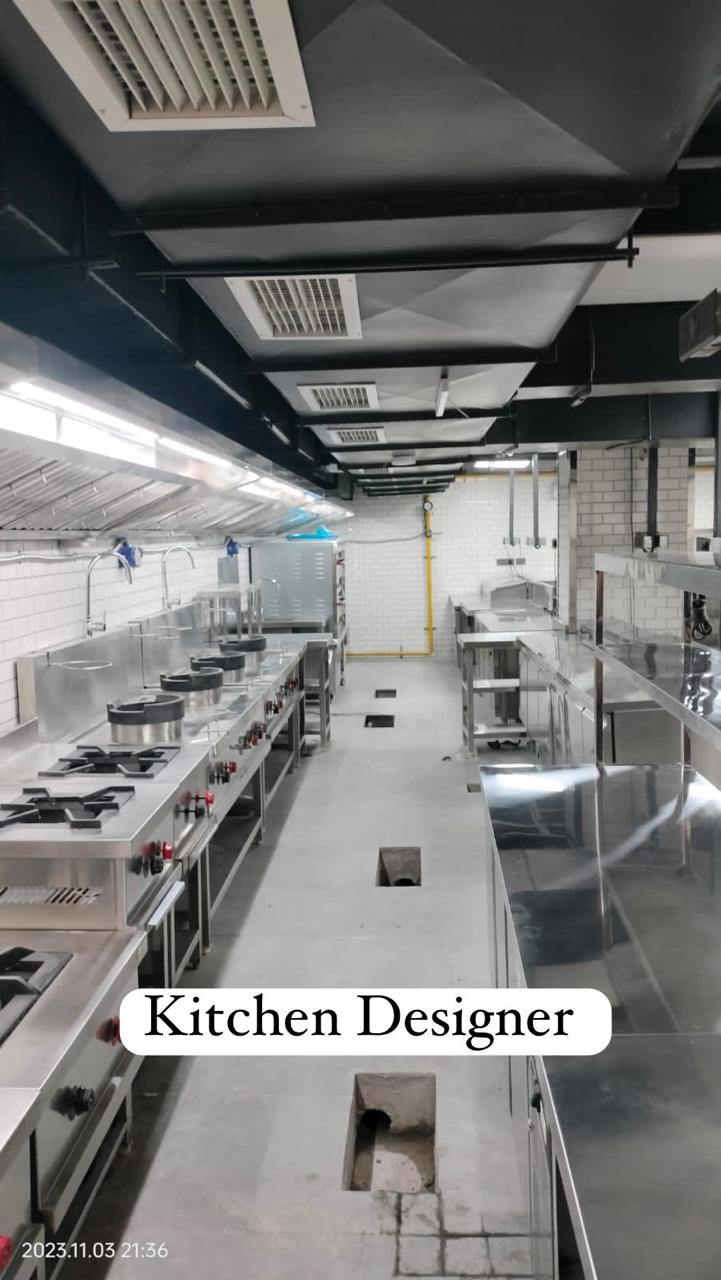
Commercial Kitchen
Product Details:
Commercial Kitchen Price And Quantity
- 1000000.0 INR
- 1 Nos
Commercial Kitchen Trade Information
- Delhi
- 1 Nos Per Week
- 7 Days
- Yes
Product Description
A commercial kitchen is the backbone of any successful food service establishment, from restaurants and cafes to hotels and hospitals. It's where culinary magic happens, where meals are crafted, and where customer satisfaction is guaranteed. In this space, functionality, safety, and efficiency reign supreme.
Key Components of a Commercial Kitchen:
1. Heavy-Duty Equipment: Industrial-grade appliances, such as ovens, stoves, and refrigerators, designed to withstand high-volume use.
2. Ergonomic Layout: Strategically planned to minimize walking distances, reduce congestion, and promote workflow.
3. Hygiene and Sanitation: Strict cleaning protocols, adequate ventilation, and waste management systems ensure a clean environment.
4. Storage and Organization: Optimized storage for ingredients, cookware, and utensils keeps the kitchen tidy and accessible.
Benefits of a Commercial Kitchen:
1. Increased Productivity: Streamlined workflows and efficient equipment maximize output.
2. Improved Food Safety: Rigorous sanitation standards and proper food handling minimize contamination risks.
3. Reduced Energy Costs: Energy-efficient equipment and smart design lower utility bills.
4. Enhanced Customer Satisfaction: Consistent, high-quality dishes delivered promptly.
Innovations in Commercial Kitchens:
1. Smart Kitchen Technology: Automation, sensors, and data analytics optimize energy consumption, inventory management, and menu planning.
2. Sustainable Materials: Eco-friendly equipment, furniture, and supplies reduce environmental impact.
3. Space-Saving Solutions: Modular designs, compact appliances, and vertical storage maximize square footage.







